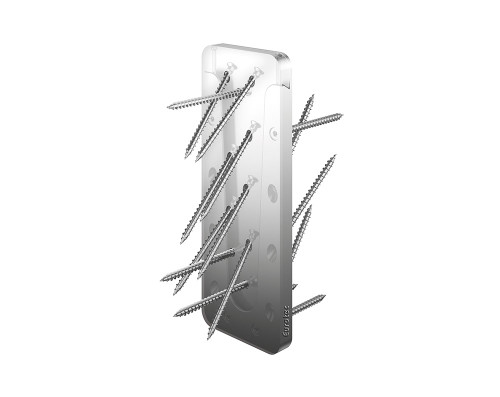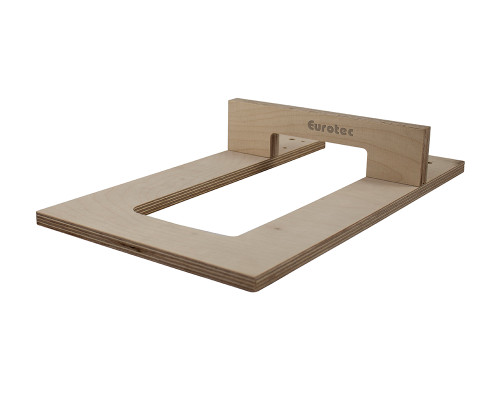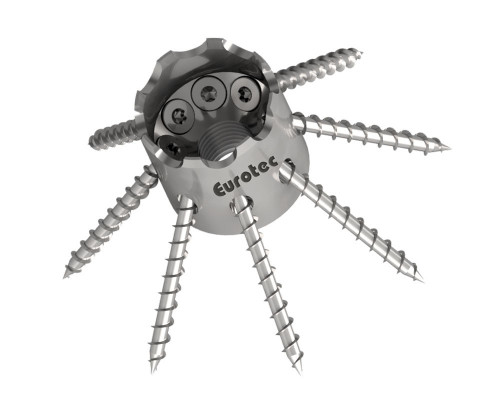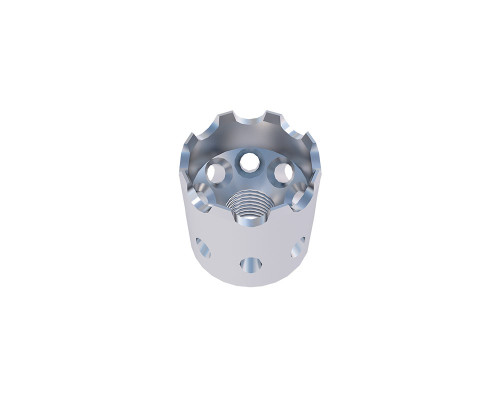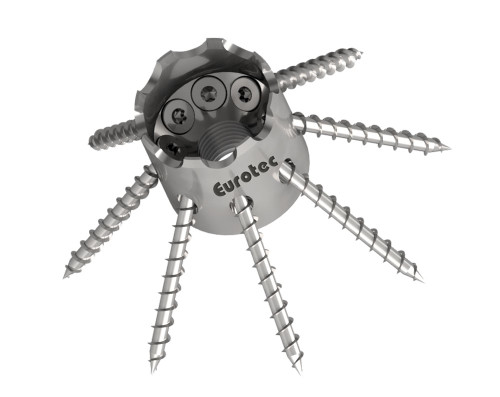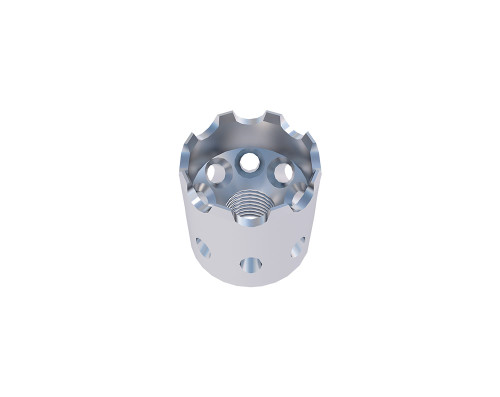Magnus Hook Connector
The Magnus Hook Connector is a premium solution for creating node joints in timber-frame construction, offering impressive prefabrication capabilities and reduced on-site assembly times. Suitable for use in timber structures of service class 1 and 2, this connector is available in both visible and hidden installation options.
Product Uses
The Magnus Hook Connector is designed for main/secondary beam joints in timber structures, providing high verified load values and the ability to be statically loaded in five directions. Its innovative design allows for quick and easy pre-assembly, making it an ideal choice for construction projects requiring efficient and reliable joint solutions.
Technical Data
The Magnus Hook Connector consists of two separate components, wood construction screws, and fixing screws. The connector's components are attached to the respective structural members using the wood construction screws and then slotted into one another without the need for force. Fixing screws brace the components together, ensuring a secure and stable joint. The connector is suitable for use in service class 1 and 2 timber structures, offering both visible and hidden installation options.
Installation Instructions - Hidden (Milled-in) Main/Secondary Beam Joints
- Adjust the end stop of the milling and assembly jig to the desired size of the Magnus hook connector, apply and screw on the milling and assembly jig, and create a routed slot with the corresponding groove-milling cutter.
- Insert the Magnus into the routed slot and fasten it in place using the supplied system screws.
- Place the milling and assembly jig in the same position as before on the component that is to be connected, and screw on the second part of the Magnus hook connector.
- Pre-assembly is now complete, and the component being connected is hooked in place.
- Insert the fixing screws into the Magnus, pulling the Magnus hook connector together and ensuring correct positioning of the node joint.
In hidden (milled-in) installations, there is no need to mill out a slot, and the milling and assembly jig is used only as an assembly jig. This streamlined process further reduces on-site assembly times and ensures a secure and reliable connection.

















